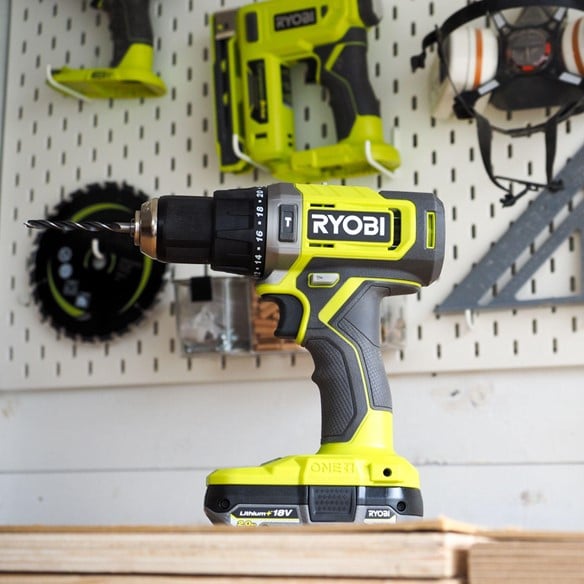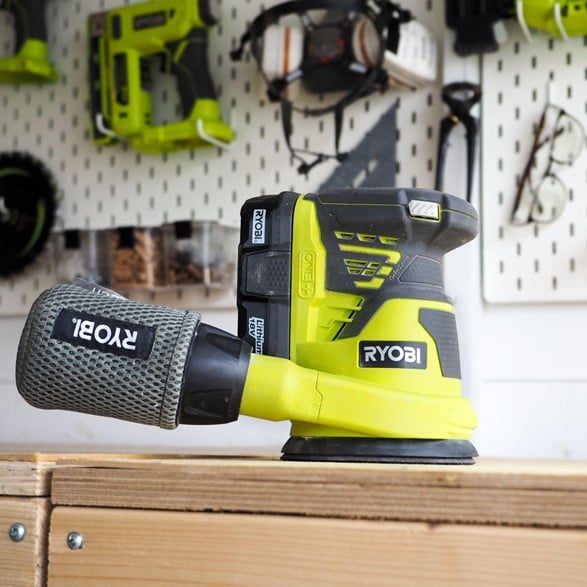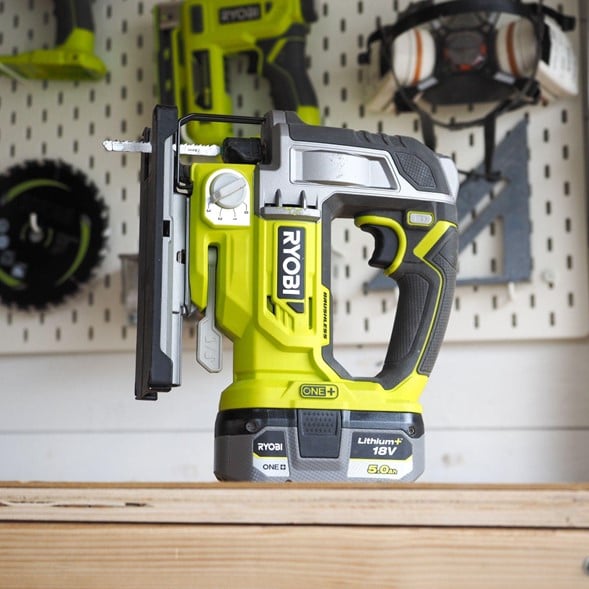Power Tools for Beginners by Susie, Girl and a Drill
So you want to tackle your first ever DIY project – maybe you have an old piece of unloved furniture to upcycle, or you want to build a planter from scratch. Maybe you simply need to replace that number on the front of the house that’s been missing for months, but you’ve never touched a drill and have no idea where to start.
Well, you’ve come to the right blog post! Here’s three must-have tools to get you going. No matter the project, these will empower you to fix, flip, build and beyond!
1. A Drill

A combi drill along with a varied selection of drill bits is non-negotiable when it comes to your DIY starter kit. Pick one up and you’ll be equipped to tackle any project that comes your way, be it drilling through wood, metal or masonry – as well as driving in screws at high speeds. Gears and torque functionalities will help you tailor usage to suit your project.
2. A Sander

You’ve earned your DIY badges using a sanding block and pure elbow grease for long enough, now it’s time to upgrade to something faster!
With a few different sanders on the market – belt, orbital, palm and more – you’re probably wondering which one is most suitable for your own projects.
Here’s two top picks to consider investing in:
Option 1 – Palm Sander
Best for small- to medium-sized projects with tight corners, the pointed nose on a palm sander will allow you to get into those little nooks that larger sanders might not reach.
Option 2 – Random Orbit Sander
A random orbit sander will give you an even, smooth surface and covers large areas with ease. So if you have big projects on the go, this one’s for you!
3. A Saw

Power saws can seem intimidating as a beginner. However, when used safely, they will become one of the most integral parts of your DIY kit. But which one should you buy?
Option 1 – Jigsaw
The jigsaw is an incredibly versatile tool, allowing you to cut multiple materials to any shape – straight, curved, or something more complex if you’re feeling creative.
And with lots of different blades available that cut through wood, metal and plastic, there’s very little a jigsaw can’t do.
Top tip: For long, straight cuts with a jigsaw, clamp down a straight edge to keep you in line!
Option 2 – Circular Saw
The Circular saw is an ideal tool for any project requiring cuts in sheet wood. It offers impressive cutting depths and added convenience for a smoother application.
Option 3 – Reciprocating Saw
The Reciprocating Saw is the ideal tool for heavy duty tasks. It is able to cut through wood, piping and thin metal which is perfectly suitable for demolition and remodeling jobs.
Ultimately, discovering the kit that works best for you is all part of the DIY journey. Getting to know your tools and what they’re capable of will spark more ideas each time you use them, so don’t be afraid to try new things!
Happy DIYing!